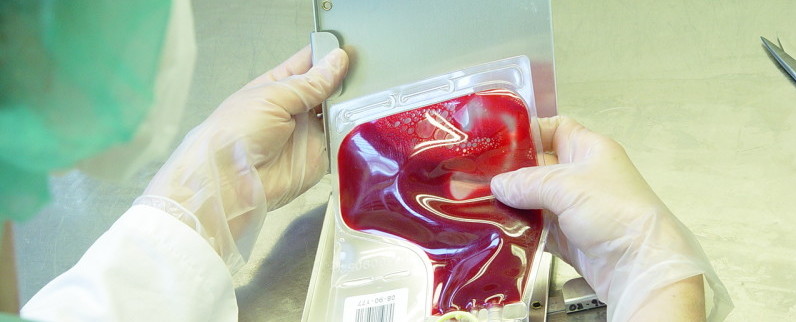
What do your Blood Vessels do?
Blood vessels are like a network of pipelines in your body. This network helps transport blood to all body parts, which in turn delivers oxygen and other nutrients like glucose to the body’s cells.
Your body has three main types of vessels: arteries, veins, and capillaries. The structure of vessels is layered like the rings of an onion. The innermost ring is called the endothelium, and it helps promote a steady blood flow through your blood vessels.
Does Diabetes Damages Blood Vessels?
Diabetes damages the body’s blood vessels in several different ways. For instance:
-
It damages the endothelium
A healthy endothelium is necessary for blood to flow freely in your blood vessels. High blood sugar in diabetes damages the endothelium. This impairs the steady flow of blood inside blood vessels.
-
Diabetes decreases the release of Nitric Oxide from blood vessels
Your blood vessels release a chemical called Nitric Oxide (NO). NO is important as it helps your vessels relax. Without it, the vessels become narrow and the flow of blood in them decreases as well.
-
It accelerates the process of atherosclerosis
Cholesterol and fats are two important substances in your blood. When their levels increase, they start to clog and harden your blood vessels. Atherosclerosis is the term doctors use to describe this process.
Diabetes speeds up the process of atherosclerosis. As a result, your vessels harden and narrow down as well.
Changes to the body’s blood vessels decrease the supply of blood to different body parts. Therefore, diabetes can lead to a lot of complications related to the blood vessels, which include:
- Poor vision
- An increased risk of heart attack or stroke
- High blood pressure
- Retention of body water, which may lead to ankle swelling
- Kidney failure
- Foot ulcers
- Damaged nerves
